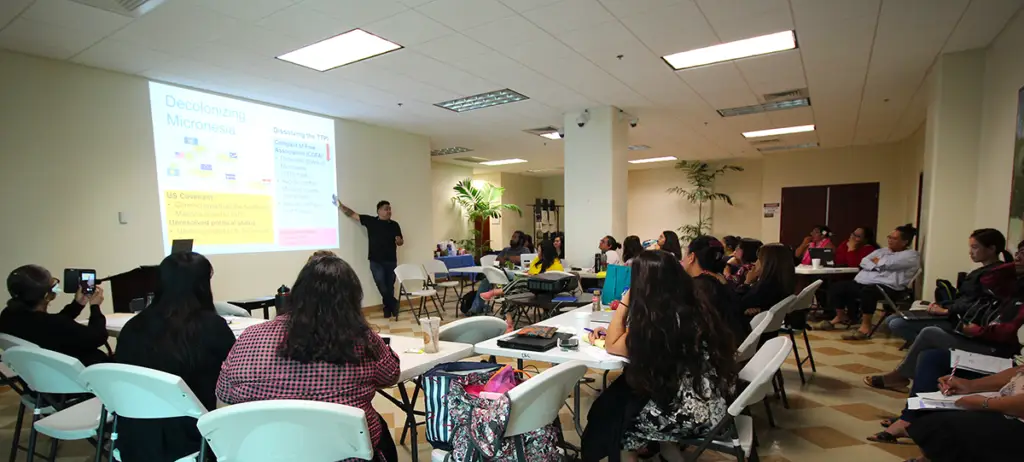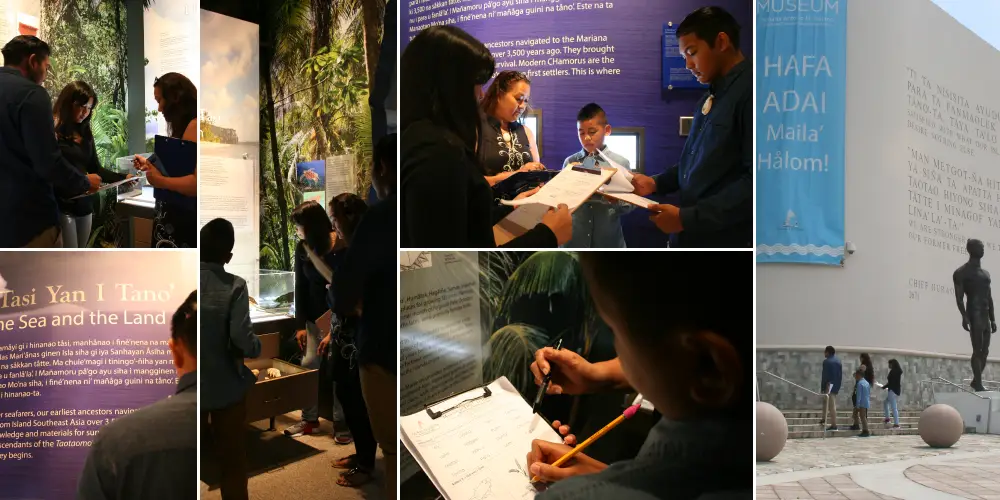Lesson Plans for Culturally Sustaining Education
The Micronesian Context. A group of Guam educators participated in a three-day workshop in July 2018 to gain a deeper knowledge of Micronesia, learn about culturally sustaining teaching strategies and instructional resources specific to Micronesian cultures, expand their professional networks to include other GDOE teachers and educators from the region, reflect on their own professional praxis, and develop culturally sustaining teaching materials and resources including 15 lesson plans.
Lesson Plans for Culturally Sustaining Education Read Post »


